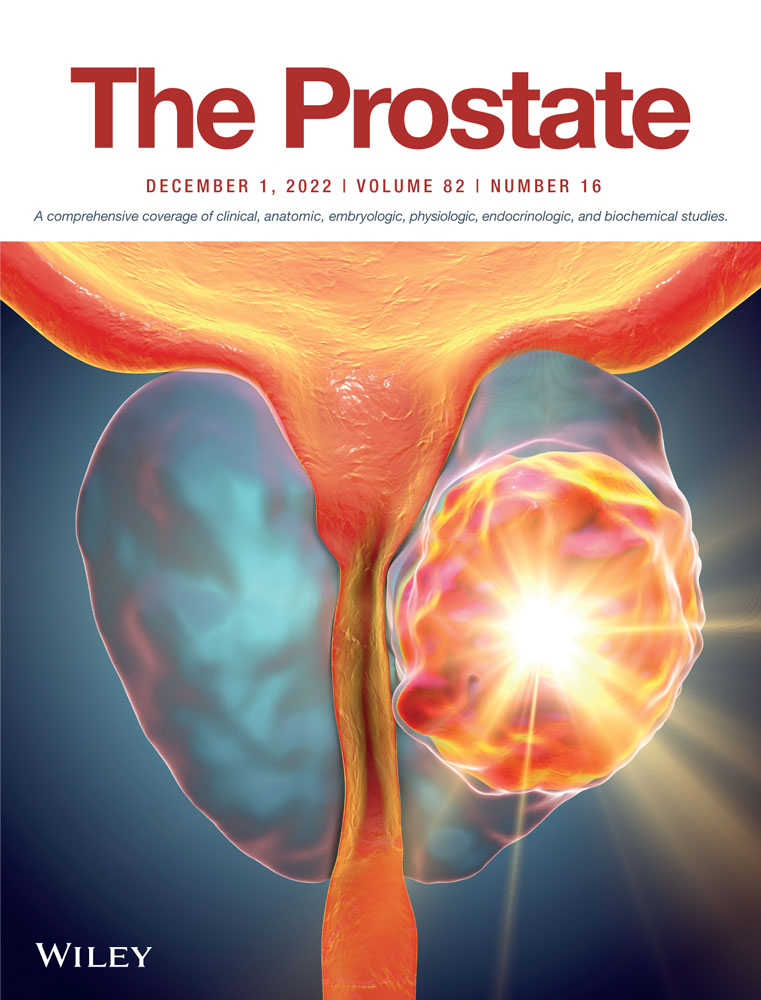Prostate cancer grade downgrading at time of prostatectomy provides risk-stratification insight into future tumor behavior after prostatectomy
Abstract
Background
Prostate biopsy (Bx) sampling-based diagnosis of prostate cancer (PCa) has well-described inaccuracy when compared against whole gland analysis upon prostatectomy. Although upgrading of PCa Grade Group (GG) is often described, the occurrence and prognostic implications of downgrading PCa GG at the time of radical prostatectomy (RP) is less understood. Our objective was to evaluate whether downgrading PCa GG at the time of RP was associated with future tumor behavior.
Methods
The SEER database was searched from 2010 to 2017 and patients were included if they were assigned pathological grades on both Bx and RP specimen. Patients were stratified into Bx GG > RP GG and Bx GG ≤ RP GG groups, and tumor behavior after treatment was examined. Cox regression was used for the survival analysis.
Results
Here, 99,835 patients were included in this study. A total of 18,516 (18.5%) patients encountered downgrading from Bx GG to RP GG. A downgrading of 1 grade occurred in 13,969 (75.4%) of these patients and of 2 or more grades occurred in 4547 (24.6%) patients. A history of higher Bx GG compared with RP GG increased the risk of cancer-specific mortality (CSM) for each given RP GG controlling for age, race, preop prostate-specific antigen level, percentage of positive biopsy cores, and pathologic TNM stages. Specifically, a history of high Bx GG conferred a 45% increased risk of CSM for any given RP GG (hazard ratio = 1.45 95% confidence interval = 1.16–1.82, p < 0.001).
Conclusion
A history of higher Bx GG, and hence downgrading at the time of RP, demonstrates some value as a risk-stratification tool for future cancer outcomes after prostatectomy.
CONFLICT OF INTEREST
The authors declare no conflict of interest.
Open Research
DATA AVAILABILITY STATEMENT
All data generated for this analysis were from the SEER database. The code for the analyses will be made available upon request.




